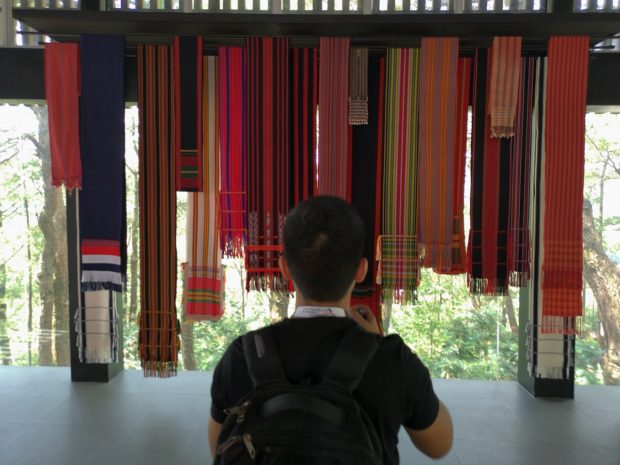The Essence of Traditional Cordilleran Attire
Cordilleran clothing is deeply symbolic, reflecting the identity, social status, and history of its people. The bahag (loincloth) for men and tapis (woven wrap-around skirt) for women are among the most iconic pieces, often adorned with intricate patterns representing nature, spirituality, and tribal heritage. The colors, weaving techniques, and beadwork used in these garments tell stories of resilience and artistry passed down through generations.
The Influence of Modern Fashion
Sustainable and Ethical Fashion – Many designers prioritize ethical sourcing by collaborating with Cordilleran weavers, ensuring fair wages and sustainable production.
Representation in Mainstream Media – From runway shows to magazine features, Cordilleran-inspired fashion is gaining recognition, proving that indigenous wear can be both cultural and contemporary.
Why This Transition Matters
The modernization of Cordilleran attire is not just a fashion statement—it is a movement toward cultural appreciation and preservation. By incorporating indigenous weaves and patterns into everyday fashion, younger generations develop a deeper appreciation for their roots. Additionally, this shift provides economic opportunities for indigenous artisans, allowing them to continue their craft while reaching a wider audience.
Striking a Balance: Modernization Without Erasure
While modernization is inevitable, it is crucial to ensure that the essence of Cordilleran fashion is not lost. Ethical collaborations, proper acknowledgment of indigenous craftsmanship, and continued education on the meaning behind the designs are essential in maintaining authenticity. The goal is to celebrate and uplift Cordilleran heritage rather than commodify it.




No comments:
Post a Comment